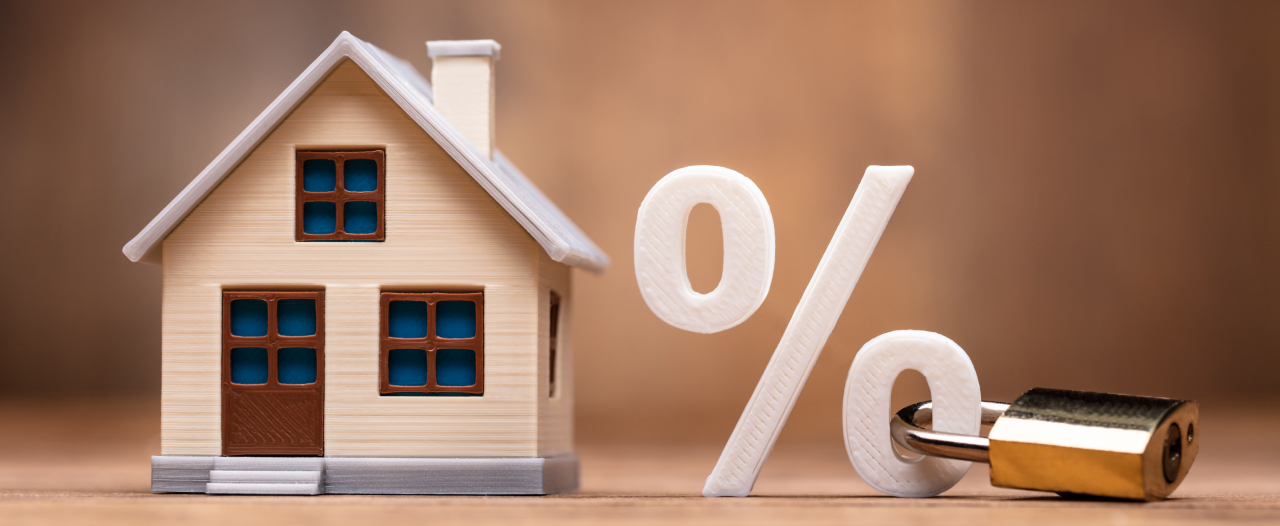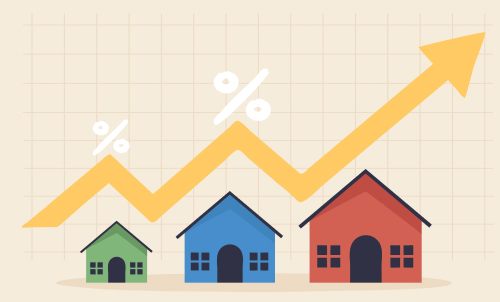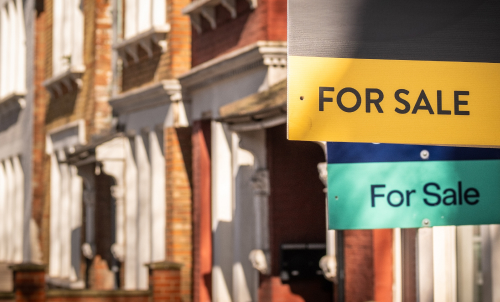
Long-term fixed mortgage rate deals, particularly a10-year fixed mortgage rate, are an attractive option for borrowers seeking certainty for a long period. Typically, many homeowners and homebuyers opt for two- or five-year tracker or fixed rates, but longer-term fixed rate options can be a way of achieving greater certainty. This article explores the 10-year fixed mortgage rate, its advantages and disadvantages, and whether this type of mortgage rate might suit certain borrowers’ financial goals.
Understanding the 10-Year Fixed Mortgage Rate
Simply put, this is an interest rate fixed for a decade on a mortgage loan with a remaining mortgage term of 10 years or longer. During this fixed mortgage rate period, your monthly repayments will not change, regardless of what happens to the Bank of England base rate or wider market interest rates or mortgage rates. At the end of the 10-year fixed mortgage rate period, you would typically refix to a new rate deal, whether a fixed or tracker rate, for another rate period or remortgage with another lender. The 10-year fixed mortgage rate often attracts those who value certainty in their mortgage payments for as long a period as possible. However, it may also mean sacrificing the potential advantages of greater flexibility, given that a lot can change in 10 years in both a borrower’s personal circumstances, and in the economy and interest rate environment at large.
The Benefits of a 10-Year Fixed Mortgage Rate
1. Certainty and stability: Arguably, the greatest appeal of this mortgage deal is the certainty it provides. You will know exactly what you are paying every month for a full decade, which allows you to budget with confidence and protects you from interest rate rises. With the Bank of England base rate having seen significant increases in recent years, some homeowners will find this reassurance invaluable. With economic turbulence and rising living costs, locking in a rate for 10 years can offer welcome peace of mind to some.
2. Potential cost savings: While 10-year fixed mortgage rates can be higher than shorter-term fixes, they can still work out cheaper over a 10-year period if interest rates rise significantly during that decade. By securing a long-term deal now, you could avoid the risk of otherwise having to refix to higher two- or five-year rates during that period, thus potentially saving money over the 10-year period.
3. Convenience: Refixing every few years can be inconvenient and remortgaging even more so, especially if you have to pay arrangement fees, legal costs and valuation fees in addition to making a new application. By fixing for a decade, you can avoid this inconvenience and have the certainty of knowing exactly what your monthly payments will be for the entire 10 years.
The Drawbacks of a 10-Year Fixed Mortgage Rate
1. Lack of flexibility: Committing to a 10-year fixed mortgage rate means that you are tied to that deal for a significant period. If you want to remortgage or sell and repay your mortgage because you want to move during that period, for example, you may face steep early repayment charges (ERCs). These penalties can be as high as 5% of the outstanding mortgage balance, potentially making it expensive to break your fixed rate deal.
2. Missing out on falling rates: While a 10-year fixed mortgage rate protects you against rate rises during that period, it also prevents you from taking advantage of falling rates during that period. If market rates drop significantly during that period, you may be stuck paying your higher fixed rate, unless you are prepared to pay significant early repayment charges to leave the deal.
Who Might Benefit From a 10-Year Mortgage?
A 10-year fixed mortgage rate is potentially suitable for homeowners who have no intention of moving in the next decade. This could include older homeowners planning to stay in their “forever” home or families well settled into their jobs and schools who wish to avoid the inconvenience of having to refix or remortgage every few years. Equally, borrowers who expect significant interest rate rises might see value in locking in their rate now for an extended period.
Important Considerations Before Choosing a 10-Year Mortgage
Before committing to this kind of mortgage, you should consider:
- Your future plans: Is it likely that you will move in the next 10 years?
- Interest rate outlook: Do you expect rates to rise or fall significantly over the next 10 years?
- Early repayment charges: How much would it cost to exit the deal early?
- Portability: Can the mortgage be moved to another property if you relocate without incurring early repayment charges?
It is also worth discussing your circumstances, options and expectations with a qualified mortgage broker who can help you navigate the complexities of the mortgage market and ensure that your chosen deal is suited to your long-term needs.
Alternatives to a 10-Year Fixed Mortgage
If the commitment to this kind of mortgage feels too restrictive, you might want to consider:
- Two- or five-year fixes: These can provide more flexibility at potentially lower rates but expose you to more frequent fixes and possibly remortgaging at higher rates.
- Tracker mortgage rates: Linked to the Bank of England base rate, these provide flexibility and can rise or fall, over time.
Every rate choice has its own trade-offs. What you choose depends on your attitude to risk, plans for the future and ability to cope with rate rises.
Conclusion
Choosing a 10-year fixed mortgage rate comes down to balancing certainty against flexibility. If you value peace of mind and plan to stay in your home for the foreseeable future, the security of known and unchanging payments over a decade may be worth a potentially higher cost. On the other hand, if you think your situation could change, a shorter-term fix might give you the flexibility you need. Consulting an independent mortgage adviser could also be helpful for making sure that you select the most suitable mortgage rate in your circumstances.
FAQs
Q. Is a 10-year fixed mortgage rate suitable for first-time buyers?
A. This kind of mortgage rate can work for first-time buyers if they are confident that they will stay put in their home for the full term and value longer-term certainty. However, first-time buyers can often be quite mobile, so a shorter-term fix may be more practical.
Q. Can I move house with a 10-year fixed rate mortgage?
A. Some 10-year deals are portable, meaning that you can transfer them to a new property. However, there may be conditions, approval is not guaranteed, and you may face fees and have to reapply. Always check portability terms carefully before committing.
Q. What happens at the end of the 10-year fixed term?
A. When your 10-year fix ends, you should look to refix or remortgage onto a new deal.
Q. Are 10-year fixed mortgage rates higher than shorter fixes?
A. They can be. Lenders may charge a premium for a long-term fix because they are taking on more risk. That said, they can still be cost-effective if rates rise significantly during the decade.
Q. What fees should I watch out for with a 10-year fix?
A. You should look out for arrangement fees, early repayment charges, and any legal and valuation fees involved. These can all add up, so compare the true cost across the whole fixed period, not just the headline interest rate.
Additional Sources
https://www.properfinance.co.uk/10-year-fixed-mortgage/
https://moneybulldog.co.uk/benefits-drawbacks-10-year-mortgages/
https://www.landc.co.uk/insight/pros-and-cons-of-long-term-fixed-rates
https://www.whatmortgage.co.uk/news/fixing-your-mortgage-for-10-years-the-pros-and-cons/
https://www.london-money.co.uk/articles/pros-and-cons-long-term-fixed-rate-mortgages










